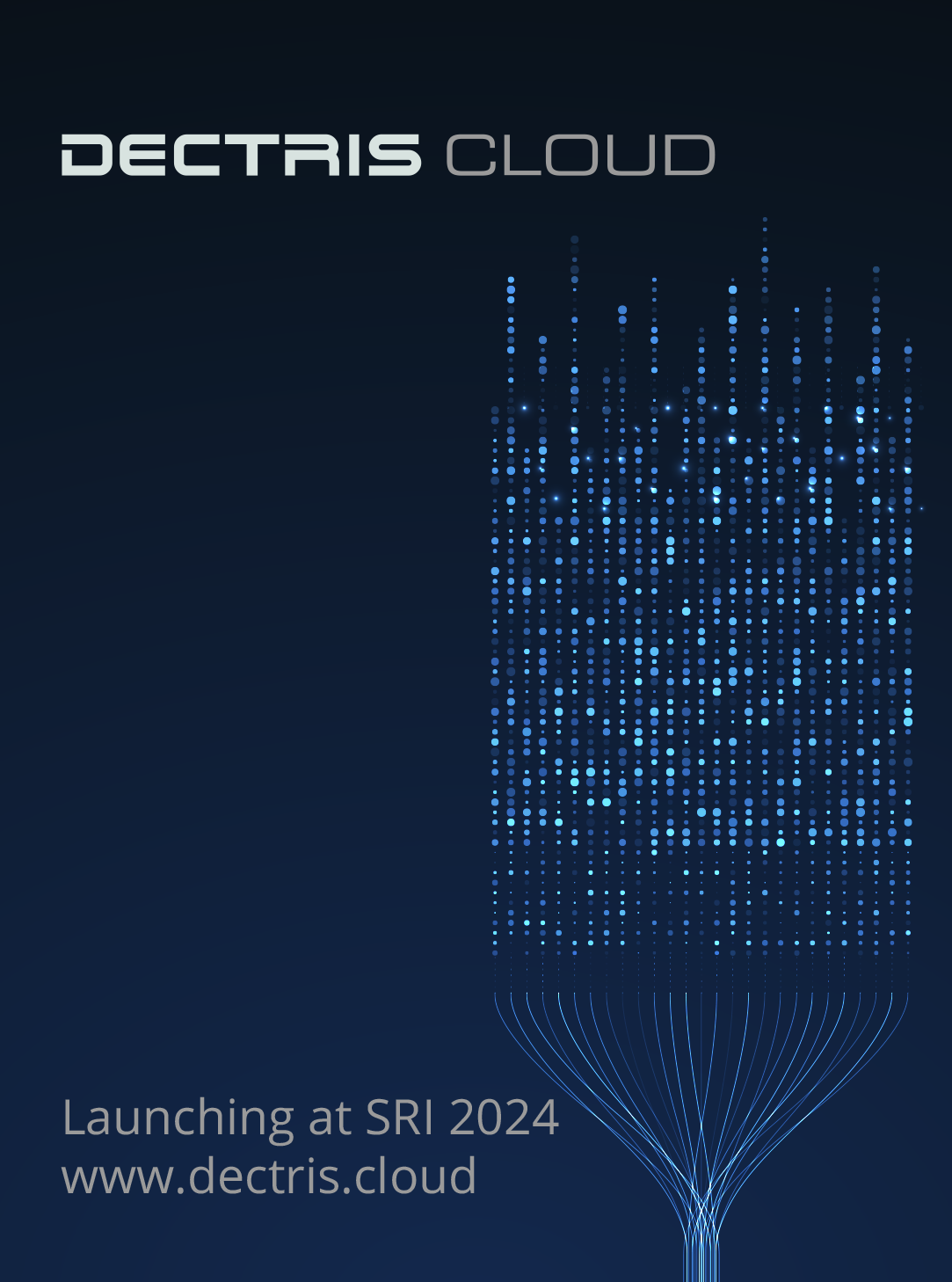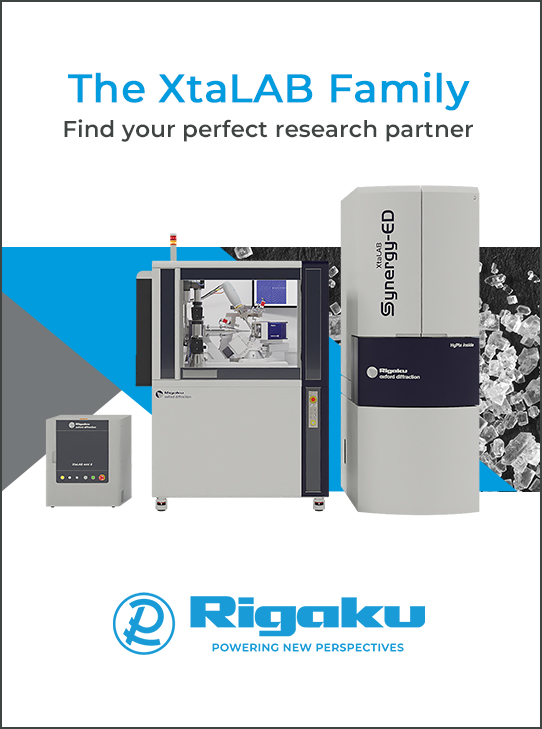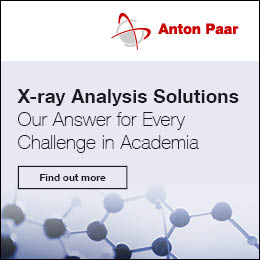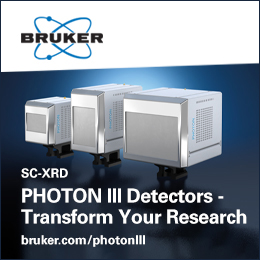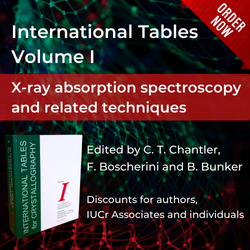


Meeting report
Inaugural MSI Crystallography Workshop at Howard University with the University of the District of Columbia and NSF's ChemMatCARS
![thumbnail [thumbnail]](https://www.iucr.org/__data/assets/image/0018/159210/thumbnail.jpg)
Participants at the first MSI Crystallography Workshop in Howard University, Washington, District of Columbia, USA.
Engaging the next generation of synchrotron X-ray crystallography researchers is of the upmost importance to sustain and build the future of this critical field. The universities that train experimentalists and the national facilities that harbor the infrastructure for cutting-edge research recognize their roles and responsibilities to grow the crystallographic discipline. Exploring partnerships between minority-serving institutions (MSIs) and national facilities can establish pathways to support this effort. These partnerships also promote further diversification in science, technology, engineering and mathematics (STEM), leading to a stronger national workforce.
On April 6–7, 2024, the first crystallography workshop between Howard University (HU), the University of the District of Columbia (UDC), and NSF's ChemMatCARS was held in the HU Department of Chemistry. A total of 36 attendees, mostly undergraduate and graduate students along with faculty and presenters, attended this inaugural workshop. HU and UDC are Historically Black Universities (HBCU) located in the heart of the nation's capital: Washington, DC, nestled amongst nearby landmarks such as the Washington Monument, the Lincoln Memorial, the United States Capitol, and the White House. HU is a private doctoral research university founded in 1867, and UDC is a public land-grant Master's institution established in 1851. NSF's ChemMatCARS is a synchrotron beamline facility (Sector 15) in the Advanced Photon Source at Argonne National Laboratory near Chicago, Illinois that uses high-brilliance and high-energy X-rays to study matter at the atomic and molecular levels. This beamline, which uses an undulator insertion device, specializes in advanced small-molecule crystallography, liquid surface and interface X-ray scattering, and anomalous small and wide-angle X-ray scattering (ASWAXS) to shed light on structural problems in chemical and materials science. Advanced crystallographic studies that have been performed at NSF's ChemMatCARS include resonance diffraction/diffraction anomalous fine structure (DAFS), photocrystallography, in situ structural dynamics, high-resolution charge density studies, high-pressure studies, and microcrystallography.
This first-of-its-kind workshop was co-organized by HU, UDC, and NSF's ChemMatCARS and was funded by a National Science Foundation Partnerships for Research and Education in Chemistry (NSF PREC) Planning Grant. Timothy Ramadhar [HU and NSF PREC Planning Grant Principal Investigator (PI)] and Yu-Sheng Chen (University of Chicago and leader of the NSF's ChemMatCARS Advanced Crystallography Program) collaborated in organizing this workshop. While planning an agenda that would engage attendees, Ramadhar and Steven Cummings (HU and NSF PREC Planning Grant Co-PI) also ensured that attendees would be well nourished with catered meals throughout the entire workshop.
Welcoming remarks were delivered by Ramadhar, Xueqing Song (UDC) and Raymond Butcher (HU and NSF PREC Planning Grant Co-PI). Both Song and Butcher provided background and current information on the UDC Division of Science and Mathematics and the HU Department of Chemistry, respectively. Matthew Tirrell (University of Chicago and NSF's ChemMatCARS PI) presented a history and overview of the NSF's ChemMatCARS facility along with the beam time application process. Butcher subsequently introduced single-crystal X-ray diffraction and discussed his collaborative research on spin crossover complexes with Greg Brewer (Catholic University of America). Chen concluded the morning session by presenting details of NSF's ChemMatCARS Advanced Crystallography Program and its technical capabilities.
Scientific talks highlighting crystallographic research using in-house diffraction instruments and synchrotron light sources were also featured. Jennifer Swift (Georgetown University) and Samuel Dunning (Carnegie Institute of Science) gave presentations on the research that demonstrated how X-ray diffraction can be used to solve important scientific problems through structural studies. Swift delivered a talk on the first morning about biogenic uric acid. Dunning presented his research the next morning on carbon nanothread formation.
![[imagelecture1]](https://www.iucr.org/__data/assets/image/0019/159211/imagelecture1.jpeg) Jennifer Swift (Georgetown University) presenting a scientific lecture on biogenic uric acids.
Jennifer Swift (Georgetown University) presenting a scientific lecture on biogenic uric acids.
Practical sessions on analyzing data from single-crystal X-ray diffraction experiments were held after lunch on the first workshop day. Pierre LeMagueres (Rigaku Americas Corporation) gave a virtual presentation introducing attendees to crystallographic data processing using CrysAlisPro. This software is used for the in-house Rigaku Synergy single-crystal X-ray diffractometers at HU and UDC that were funded by the National Science Foundation Major Research Instrumentation grants program [HU: DMR-2117502 (PI Ramadhar), UDC: CHE-2117621 (PI Song)]. Next, Tieyan Chang (NSF's ChemMatCARS) gave a walkthrough on processing crystallographic data using the Bruker APEX software, which is used extensively at the beamline. In the sessions for CrysAlisPro and APEX, attendees learned how to perform reflection indexing, reciprocal lattice examination, integration, absorption correction, and space group determination. Jinxing Jiang (NSF's ChemMatCARS) discussed SHELX and Olex2 software programs, which can be used together for structure solution, refinement, finalization, and visualization. Before dinner, the practical sessions concluded with a hands-on tutorial where smaller group attendees had the opportunity to solve and refine sets of X-ray diffraction data collected at the NSF's ChemMatCARS beamline.
![[imagelecture2]](https://www.iucr.org/__data/assets/image/0020/159212/imagelecture2.jpeg) Tieyan Chang (NSF’s ChemMatCARS) showing attendees how to integrate reflection data in Bruker APEX.
Tieyan Chang (NSF’s ChemMatCARS) showing attendees how to integrate reflection data in Bruker APEX.
After the first day, all attendees were strongly encouraged to put what they had learned into practice and apply for beam time at NSF's ChemMatCARS.
The second day featured an extensive listening session with undergraduate and graduate students at HU and UDC followed by a farewell lunch. Students had the opportunity to share their journey in STEM, noted why they chose to attend HBCUs, and presented ideas about how to increase student recruitment and retention in science. The workshop organizers left this session with valuable insights on ways to develop an impactful partnership between HU, UDC, and NSF's ChemMatCARS for a future submission to the NSF PREC grant program.
The organizers are in the planning stages of hosting another crystallography workshop this year at NSF's ChemMatCARS, which is being equipped with new capabilities along with a second beamline via a canted undulator to utilize a brighter X-ray beam (approximately 1000-fold at most energies) afforded through the recent Advanced Photon Source upgrade. Improvements to the Advanced Crystallography Program as a result of the upgrade include the ability to perform small-molecule serial diffraction, resonant diffraction applicable to all transition elements for element-specific location and redox states, and high-throughput processing of microcrystalline samples through automation involving the use of a data collection robot that can be accessed via a mail-in service.
This workshop was financially supported solely by the National Science Foundation through a PREC Planning Grant (CHE-2334957). The NSF's Chemistry Division (CHE) PREC program is dedicated to fostering, establishing, and enhancing collaborations between MSIs and CHE-supported facilities, centers, and institutes. Its main goal is to increase recruitment, retention, and degree attainment among underrepresented groups in chemistry. The program concurrently aims to boost outstanding research and educational initiatives that reinforce these partnerships. Underrepresented minorities supported through this program include Blacks or African Americans, Hispanics or Latinos, American Indians, Alaska Natives, Native Hawaiians, Other Pacific Islanders, and persons with disabilities. The PREC Planning Grant program that has funded this workshop aims to catalyze collaborative partnerships with CHE-supported facilities, institutes, and centers to facilitate the creation of competitive proposals for the PREC program in future solicitations. NSF's ChemMatCARS, a CHE-supported center, has established scientific partnerships with several MSIs. NSF's ChemMatCARS is supported by the Divisions of Chemistry and Materials Research of the National Science Foundation under grant number CHE-1834750.
Copyright © - All Rights Reserved - International Union of Crystallography
